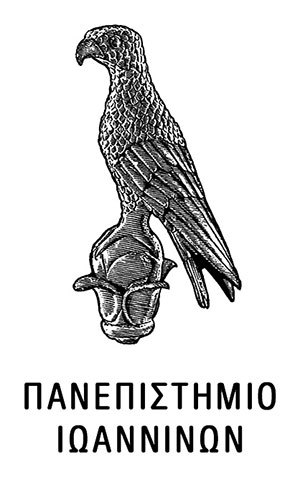An experimental and theoretical (DFT) investigation of the coordination mode of 2,4-dithiouracil (2,4-dtucH(2)) in copper(I) complexes with 1,2-bis(diphenylphosphanyl)benzene (dppbz): The crystal structures of [Cu(mu-Br)(dppbz)](2) and [CuBr(dppbz)(2,4-dtucH(2))]

